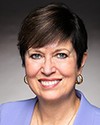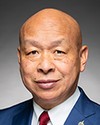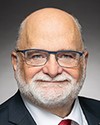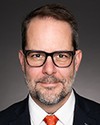Thank you for your question, Mr. Boulerice.
I am indeed suggesting that the classification be based on handling, which makes it possible to begin by distinguishing handguns from long guns. What I proposed in the document I sent is essentially that all handguns, if the Canadian government decides that they are to remain admissible, or let's say available in Canada, would continue to be included in the restricted weapons class, and checks on their use would continue. Irrespective of firing mechanism, all handguns would remain in this class.
The problematic area at the moment is long guns. Long guns are indeed weapons generally used for hunting. At the moment, weapons that might be called civilian versions of military assault guns are available. These are the ones causing the problems, in part because they are the preferred weapons of mass murderers and also because they can provide any individual with a huge amount of firepower, given the ergonomics, and generally the calibre, of these weapons.
Thus long guns held with two hands and generally placed against the shoulder should generally be classified by firing system. Weapons with a manual system, like rifles or shotguns that require action by the user—there are several, such as pump action and lever action—should remain in the non-restricted class. They contain fewer rounds and it takes more time to fire several rounds. Weapons with a semi-automatic or automatic mechanism should all be classified by the government into the restricted weapons class. If it wanted to prohibit them afterwards, it could do so. That remains to be seen.
There is of course the whole issue—Ms. Cukier explained it very well—of weapons frequently used by hunters, which are semi-automatics, hence automatic loading. Once all of these firearms are classified, the government could then determine that those whose firing system allowed for a specified number of rounds are legal, and those exceeding that number of rounds are illegal.
The government could also decide to prohibit the sale of automatic loading weapons in Canada with a detachable magazine, because they are too easy to modify, and can be readily 3D printed or otherwise obtained illegally.
Once the new classification has been established, it could be used as a way of prohibiting or allowing certain models of weapons by mechanism. This makes much more sense than barrel length.






